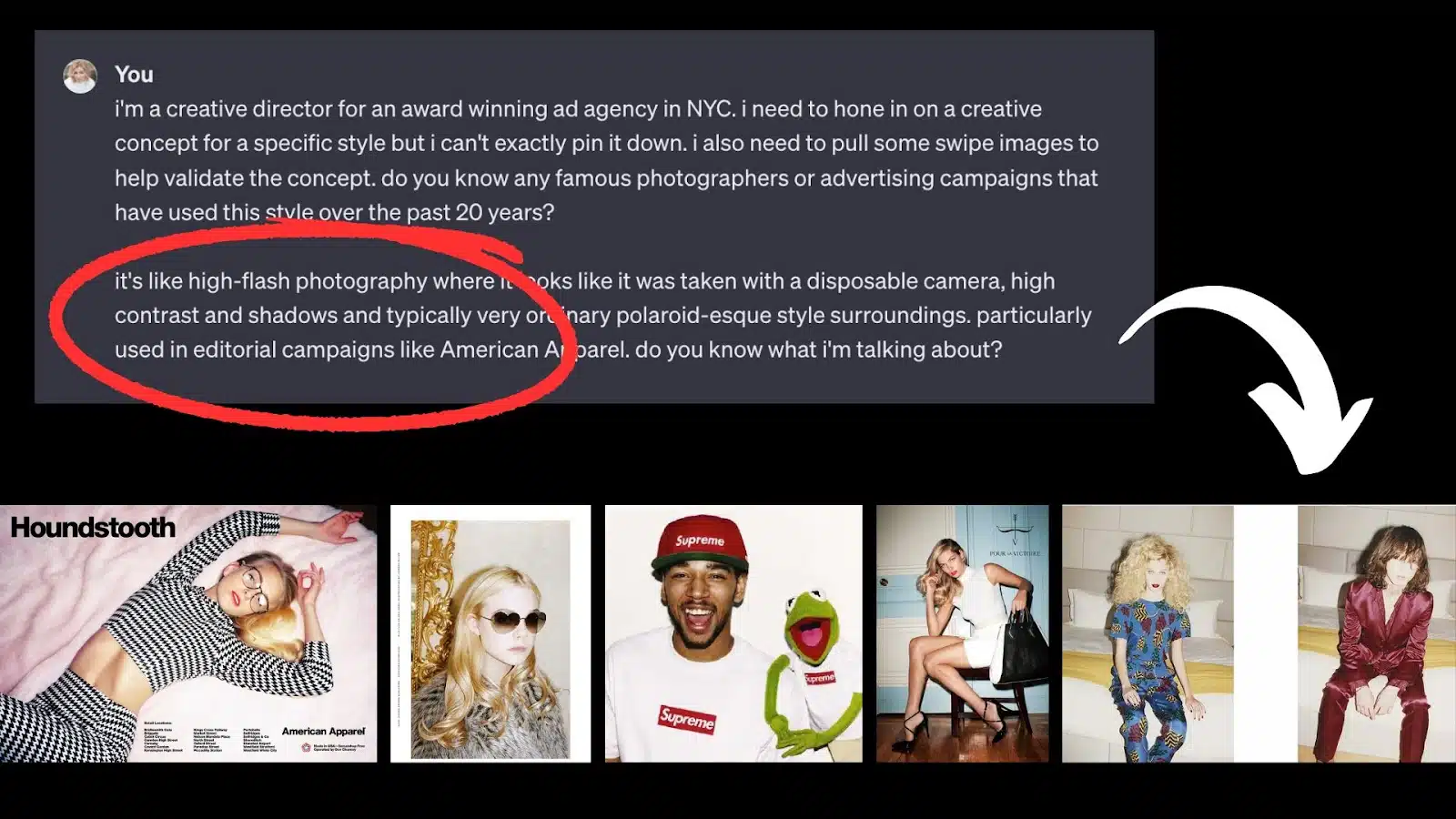4 AI tools to supercharge visual content creation
Leverage text-to-image, automated design and real-time creative assistance to produce compelling visuals faster.
For years, marketers have bemoaned the task of producing compelling visuals at the quality, quantity and speed demanded by the organization. The traditional creative process of moodboarding styles, art directing a shoot and meticulously refining visuals isn’t something that scales easily — at least not to the volume and speed of today’s content cycles.
While that creative process is essential for some businesses, it might not even be necessary for others. Stock image and video platforms are an undeniable resource. Still, even those have time-consuming drawbacks (like getting caught in a doom scroll trying to find the perfect stock image with all the required visual elements).
These days, as more AI-enabled tools infiltrate the tech stack, the big question for marketing teams producing visual content is where and how to allocate that human creativity — and where to let smart tools help.
From automated image generation tools to design assistants, below is a rundown of tools to make your visual content production more efficient, using AI to handle the tedious, manual tasks while still focusing creative control where you want it.
Smart tools for visual content creation
Over the last year, industry-standard creative tools like Adobe, Canva and Figma have quickly integrated AI features to take on the more tedious, time-consuming tasks involved in production, allowing marketers to focus their creative energy where it’s needed most.
1. Canva
Launched in 2023, Canva’s Magic Studio suite of AI features automates and streamlines several labor-intensive design tasks. The Magic Design tool, for example, can generate entire presentations (including outlines, slides and content) from a single text prompt. Magic Write uses an LLM to expand, refine and summarize written content for assets:

Magic Media tools powered by Stable Diffusion allow users to create images and videos directly from text descriptions. Other AI-powered features like Magic Eraser, Magic Switch and Magic Morph make it easy to manipulate and transform design elements. This means creating high-quality visual assets can be faster, with less manual effort, giving creatives a chance to experiment more freely with different design concepts and styles.
Dig deeper: How AI enhances multimedia content creation
2. Midjourney
Launched in 2022, Midjourney is highly regarded as one of the “best” AI image generators. It allows users to create unique, highly detailed images simply by typing a text prompt. Other popular image-generation tools are DALL-E, Adobe Firefly and Stable Diffusion.
For marketers, one of the most valuable use cases for a tool like Midjourney is the ability to rapidly ideate and prototype visual concepts, exploring a wide range of creative directions without the need for manual design skills or lengthy production timelines.
Some other use cases for AI-generated imagery:
- Creating custom background graphics for YouTube video thumbnails.
- Building a collection of on-brand AI-generated “stock” images for presentations and digital content.
- Creating realistic visualizations of product prototypes in various real-world settings.
- Designing detailed mockups for outdoor and in-store advertising, like billboards and promotional displays.
- Producing tailored visual content for specific marketing channels, such as hero images for landing pages, banner ads for e-commerce and visuals for email marketing campaigns.
- Crafting event-specific graphics for both virtual and physical trade shows.
- Developing targeted visual ads for social media platforms.
3. ChatGPT
Don’t underestimate the power of text generation when it comes to ideating and refining the creative vision. LLMs like ChatGPT can aid in fleshing out the details and creative vision, pulling from data it’s trained on out-of-the-box as well as any creative direction you provide it with.
Here’s an example: Last year, I directed a campaign shoot but needed help breaking down the specific aesthetic I wanted to achieve. Instead of spending hours scrolling through mood boards and searching through publications, I started the creative exploration with ChatGPT and used it to inform my research.

In this screenshot, I identified reference “swipe” images from Google after conversing with ChatGPT about the style and creative direction.
4. Figma
A designer and developer favorite, Figma continues to level up expectations for collaborative teams. FigJam AI rolled out in Figma last year, letting users generate ideas, templates and content by simply entering text prompts, such as “project kickoff ideas” or “meeting agenda.” The AI then provides intelligent suggestions and visuals based on the prompt.
FigJam AI also supports a range of other tools, like automated diagram generation, where it instantly converts text inputs into visual representations like diagrams, flowcharts and mind maps for quick visualization.
The AI can also summarize group brainstorming sessions and discussions, condensing them into concise summaries for easier reference and comprehension. It can autonomously organize virtual sticky notes and provide real-time visual cues and suggestions as users interact with the platform, making it a more intuitive and efficient design process.
Here’s an example: Design teams can leverage a tool like FigJam AI to produce data visualizations, charts and diagrams by entering a prompt containing the data you want to visualize. FigJam AI will automatically generate a pre-structured chart with the sections you outlined, jumpstarting the design process with a wireframe. You can also leverage the AI feature to reorganize or categorize content for less time pushing pixels.

Dig deeper: The new frontier of visual content: A marketer’s guide to AI
Opinions expressed in this article are those of the guest author and not necessarily MarTech. Staff authors are listed here.
Related stories